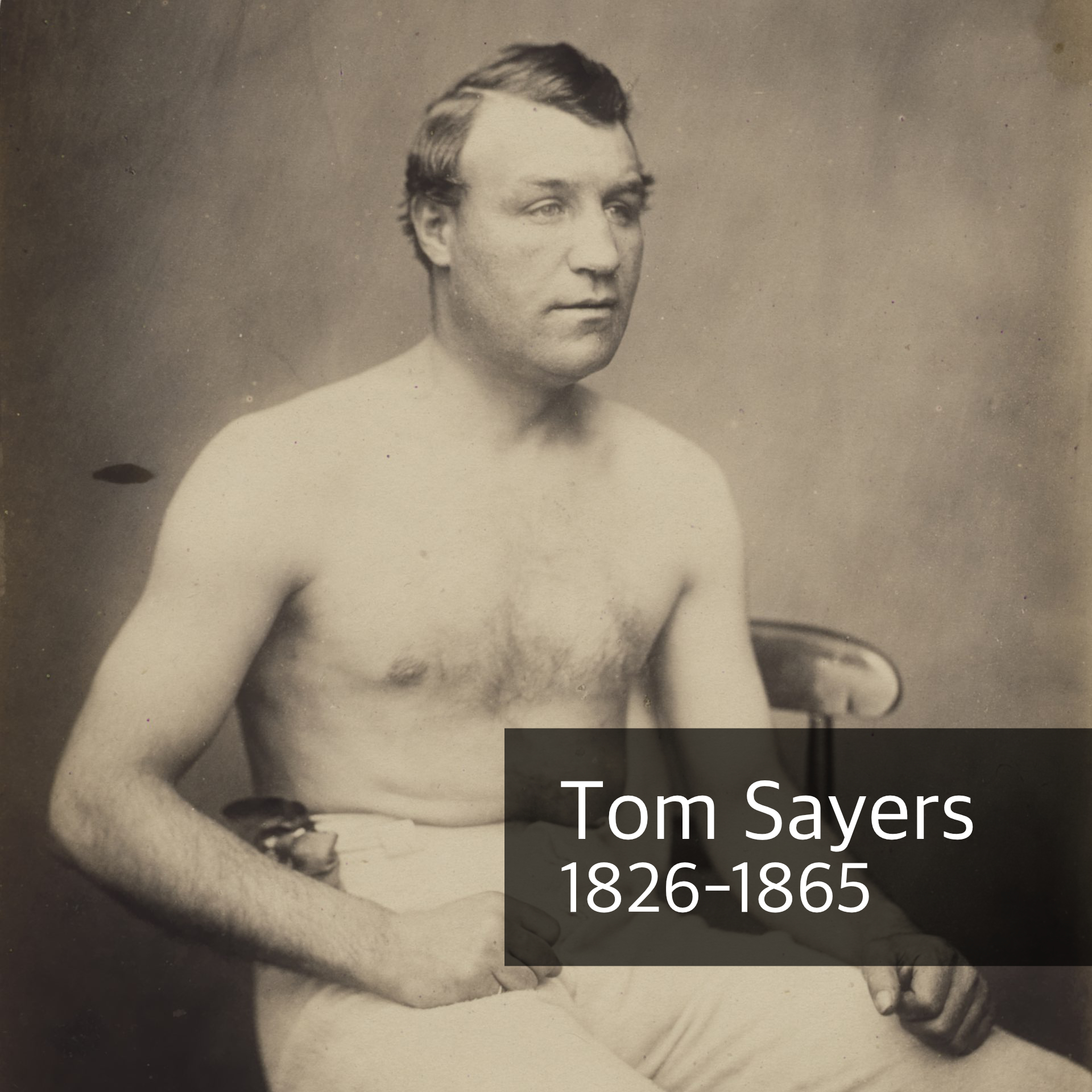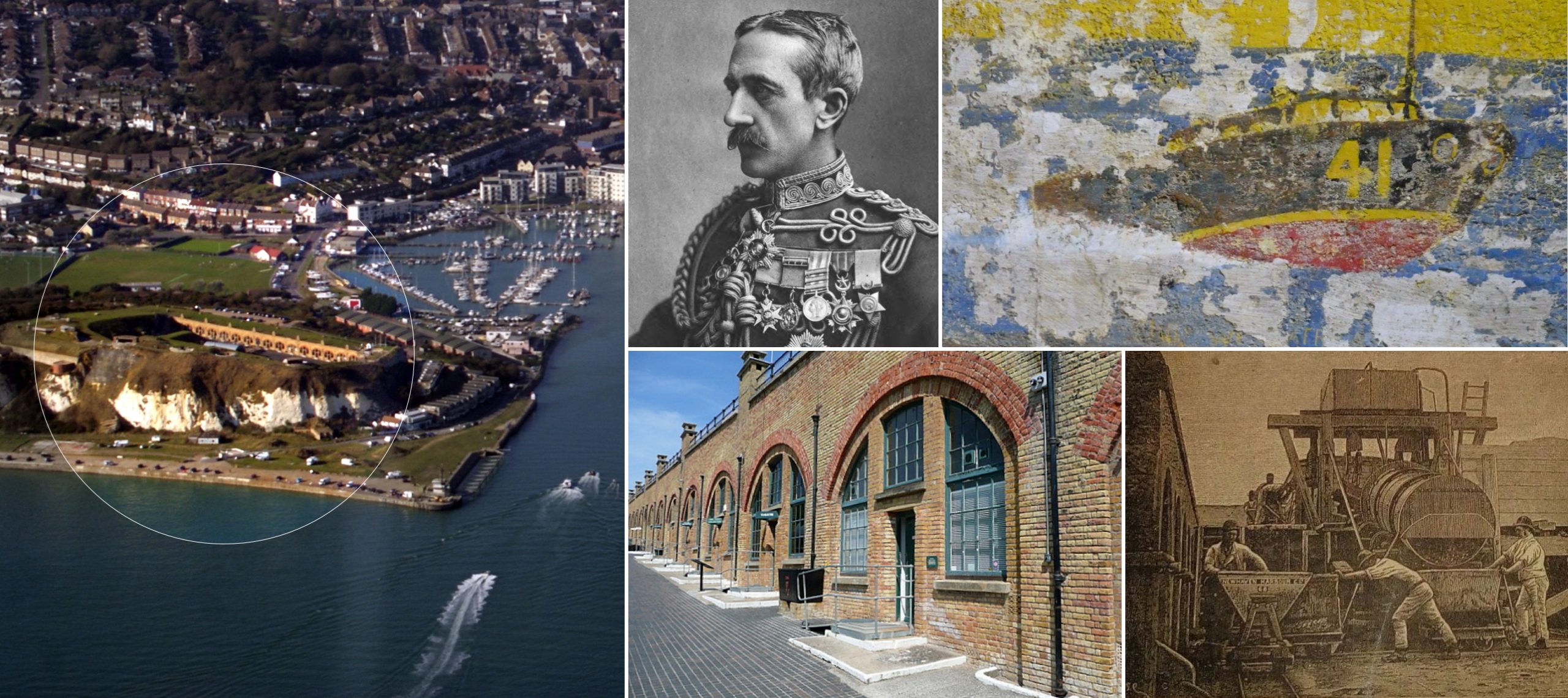Posting local stories into real physical locations enriches the world around us, so when I discovered the fascinating story about the life and times of the Victorian Bare-knuckle Boxer Tom Sayers from Brighton, I used hexology to post his story into the places he lived, trained, fought and died.
People, young and old, are fascinated by local history – and it makes perfect sense if you think about it. After all, we all enjoy stories, and in particular stories about people whose achievements are remembered because they changed society, influenced the world or lived in such an individual way that their legacy continues to inspire us. It’s even more interesting when someone amazing once lived in the area you live in, or something incredible happened nearby.
At Hexology, we empower people to post digital media into the world and we enjoy writing stories about incredible people and events from the past, into the location it happened. This is how I got caught up in the amazing story of the legendary sportsman of the Victorian era Tom Sayers, a prize fighting bare-knuckle boxer who became the heavyweight champion of England, and then the world.
Local Heroes
Tom Sayers was a bricklayer who was born in the slums of Brighton in 1826. He is known to have worked on the construction of the London Road viaduct and may have also worked on King’s Cross Station. The story goes that his heroic reputation as a champion bare-knuckle boxer began when he challenged his tyrannical boss to a fight and won in spectacular style. Following numerous informal fights, he turned professional and lost only 1 out of 16, to become the Heavyweight champion of England.
Fight of the Century
In 1860, the US Heavyweight Boxing Champion John Camel Heenan challenged Tom Sayers to a fight which is considered to be the 1st World Boxing Championship. The Sayers Heenan fight caught the public imagination both sides of the Atlantic and took place at dawn in a field near the train station in Farnborough, so that people from London could get travel from Waterloo. Although prize-ring boxing was illegal, 2000 people attended this underground event including Members of Parliament, Aristocracy and celebrities which included Charles Dickens. The fight ended early in the 37th round when the police raided the event, the spectators invaded the ring and a draw was declared. Both fighters were brutally disfigured by their bare-knuckle punches and without a clear winner, controversy over who had won the fight was only settled when both men were awarded a championship belt.
I am starting to think that the character Bill Sykes in the book Oliver by Charles Dickens is in part, inspired by Tom Sayers, as both men had a Bullmastiff Terrier dog.
Other stories about Tom Sayers and his achievements have been written into The Plough Inn Pub in Rottingdean where he used to train; the house in Camden where he once lived; and his resting place in Highgate Cemetery. Together, all of these posts build a network of location-based stories that create a picture of Tom Sayers life, each episode written into the location where he was born, where he fought, trained, lived and died. Each location-based post is also a gateway into the collection which also opens up links to other interesting facts for example: who would have guessed that the great philosopher, author, social theorist, and economist Karl Marx, who he is famous for his theories about capitalism, socialism, and communism, is also buried in Highgate Cemetery next to Tom Sayers. And once found, Hexology enables you to enter and explore that Rabbit Hole of local history too.
Preserving our cultural heritage and making it more accessible
Posting stories into location puts them into the context of where it happened, which enables us all to piece together and understand how events from the past have influenced our current surroundings in the present, and how we experience it. Amazingly, Hexology gives you access to this informal learning experience without feeling a need to research and study it from a text book. Put into theses terms, it’s not hard to understand why Hexology stimulates people’s interest in local history.
Essentially, Hexology is building a living geo-spatial archive of heritage content that is preserving our cultural heritage, and making it more accessible. And this is the thing, if people in my local community have in their possession other pieces of information about Tom Sayer’s life then they can post into Hexology too. Hexology’s content management framework enables crowdsourcing of content, but it also provides a platform for content curation so that cultural organisations can administrate collections.
Boosting the Regional Visitor Economy
Imagine now, you’re visiting Brighton for the very first time. As you step off the train and exit the station you reach for your smartphone and open Hexology to see what is around you. Inside Hexology you may discover posts about local tourist attractions, exhibitions, museums, restaurants and events. Hexology gives people instant access to local community and activities nearby, it drives audience engagement; enhances the visitor experience and ultimately boosts the regional visitor economy.
This blog post is dedicated to the memory of Tom Sayers RIP, and his descendants. To open the collection of posts about Tom Sayer’s life inside the free Hexology app, open this link on your phone.




